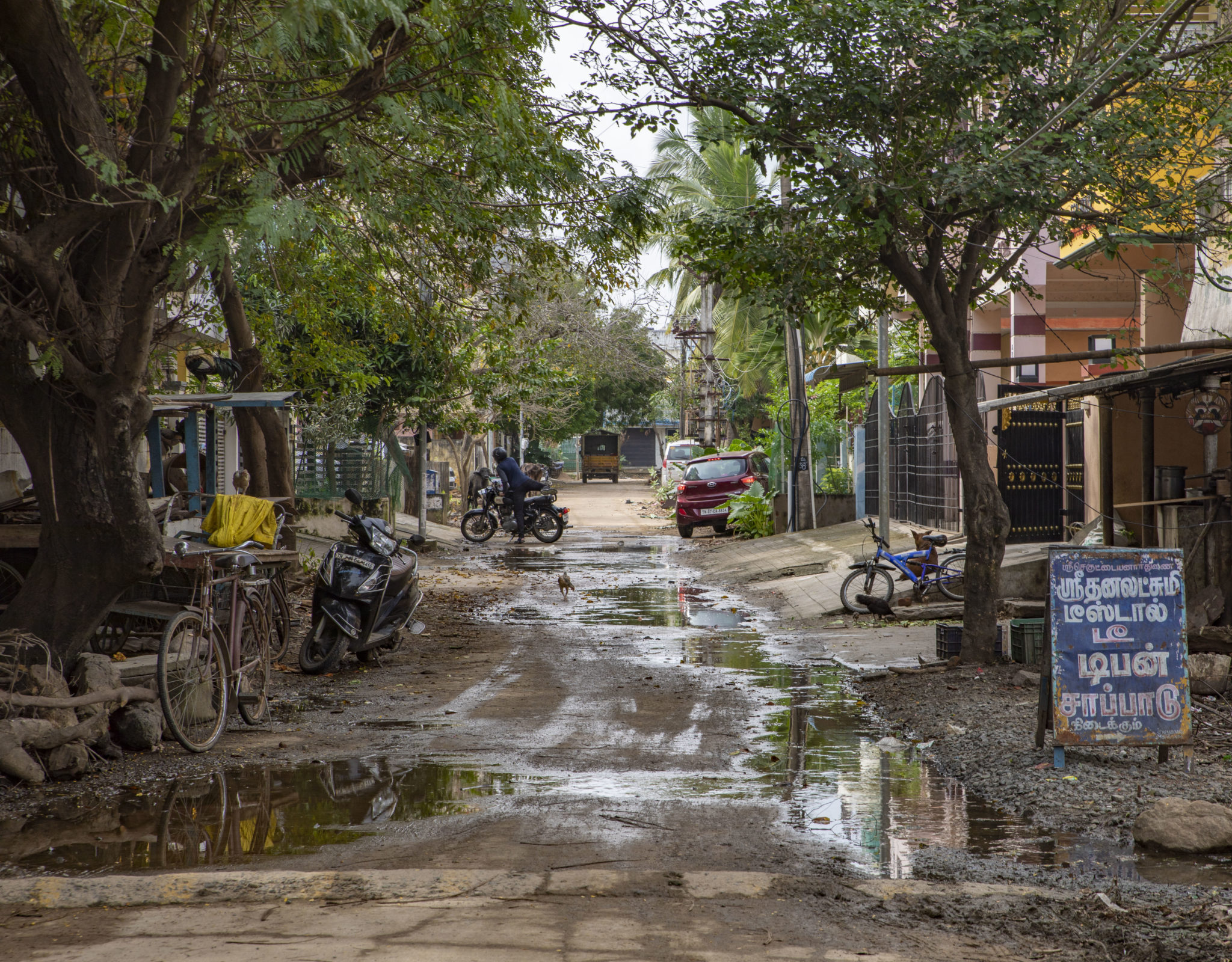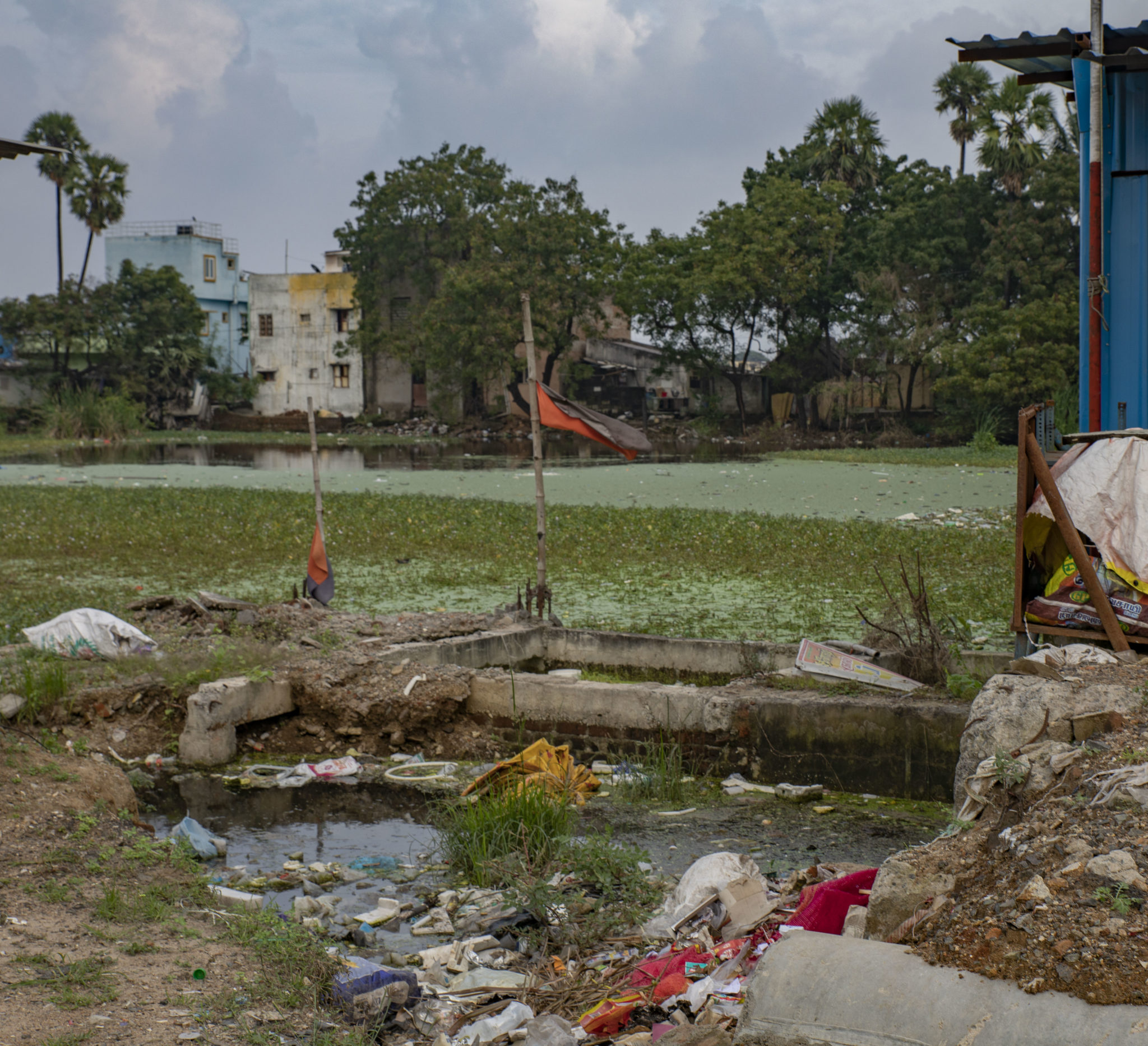Sustainability paradox of the Peri-Urban Regions in India – Reflections on the case of Chennai

DOI reference: 10.1080/13673882.2021.00001090
By Lakshmi Priya Rajendran* (Anglia Ruskin University, UK), Chris Maidment (University of Reading, UK) and Arindam Biswas (Department of Architecture and Planning, IIT Roorkee, India)
Introduction
In India’s neoliberal economic policies, cities are characterized as engines of growth which could attract national and global business, and investment that could contribute to the country’s economic growth as a whole (Mitra & Mehta, 2011). The rapid expansion of Indian cities and consequent urban sprawl creates interesting juxtapositions of urban and rural environments. This interface, often termed the ‘peri-urban’, has multiple definitions but which largely frame areas such as regions in transition. Predominantly, the transition is from rural to urban, and characterized by fragmented development, inhabited by low-income populations and marginalized rural communities. At the peri-urban interface the three systems: social, economic, and environmental, constantly interact (Allen, 2003), with significant consequences for the spatial form of India’s future growth.
Whilst multiple studies argue that the peri-urban interface, and its marginalized inhabitants, need to be recognized as a key frontier in addressing the challenges of sustainable urbanization, these areas have largely been neglected in policy and practice. As a result, peri-urban areas suffer from multiple socio-economic and environmental challenges, including poor infrastructure, wide spatial disparities and poor access to amenities.
Several studies examine the diverse challenges and dynamics of peri-urban regions but very few address the critical role that these regions can, and must, play in the sustainable development of cities. Based on our findings from a year-long study of peri-urban Chennai (capital of the state of Tamil Nadu, India), we argue that peri-urban regions, which are largely perceived and understood as a ‘challenge’ within planning and development discourses, can offer new lessons and opportunities for inclusive and sustainable development models.
The sustainability challenges of peri-urban regions
Aligning with accepted definitions, studies of peri-urban areas in Indian cities have often used the lens of transition, largely focusing on their change from rural to urban and the significant changes in land-use associated with this. These transitions result from the interaction of diverse factors, including rural to urban migration (forced and voluntary), new development and investment initiatives (including land value speculation) and associated urban sprawl.
The underlying lack of planning and policy attention to the regulation of agricultural land use change can be traced to the deep-rooted colonial perspective on the urban-rural dichotomy that exists within development narratives. The consequent impact of the resulting land use changes is the loss of agricultural land, severely affecting the biodiversity and environmental conditions such as ground water level, micro-climates and soil conditions.
Figure 1. Kulathur Village, Chennai

These changes have a multidimensional and multi-layered impact on the development and livelihoods of people. One of the least studied impacts of land use change is the emergence of speculative land markets and development in the peri-urban regions. The top-down approaches and initiatives of government create speculative land markets resulting in a huge influx of real estate developers and the urban elites, all competing to make a profit by getting their own parcel of land in a proposed development area (Vijayabasker & Babu, 2015).
Figure 2. Kovilambakkam Village, Chennai

Such top-down government initiatives can take decades to create physical settings with even minimal levels of infrastructure provision. Yet, what is most alarming is the immediate impact of such proposals on livelihoods of the marginalized rural communities who are left with no choice but to sell their agricultural land and migrate elsewhere. Consequently, speculative markets increase the gap between the rich and poor, further deepening existing social equalities in peri-urban regions. Simultaneously, it is arguable that these speculative developments create poor living conditions leading to health inequalities and reducing the overall resilience of the community and the environment.
Opportunities for inclusive and just transitions
Peri-urban regions need a fresh approach to both addressing their challenges, and understanding their potential within planning, policy and design narratives in India. Tendencies to view them as marginalized zones have diverted attention from exploring their potential contribution to the sustainable development of cities, albeit careful attention needs to be paid to the version of sustainable development being operationalized and its prioritization of either environmental or socio-economic considerations.
On one hand relatively low land prices can facilitate more sustainable urban growth, through strategic approaches to large scale housing and infrastructure development, in particular to provide excellent affordable housing for low income and middle income people. Carefully designed and targeted schemes can provide more equitable access to parks and public spaces and reduce health and well-being inequalities.
Conversely, the greater biodiversity of many peri-urban areas can be a great test bed for exploring urban agricultural innovations. With capacity building in skills such as innovative food production and marketing for rural communities, a different approach to peri-urban development could facilitate local economic growth by supporting farmers’ livelihoods whilst also maintaining ecological value.
A more situated understanding of peri-urban area as unique ‘places’, rather than simply as regions of transition and flow, directs our attention to understanding the lived experiences of these places; talking to residents, some of whom have occupied these areas for generations, some whom have voluntarily move into these areas to be far from the city. These new ways of understanding the peri-urban can also bring to light new opportunities planning and policy changes and interventions enabling a more symbiotic relationship between the urban and rural.
Urbanization processes in India have a strong socio-political dimension and any step towards addressing the challenges faced by peri-urban regions requires political willpower. However, bringing peri-urban regions to the forefront of the debate around sustainable development for just transitions is a crucial first step towards this.
References
Allen, A., 2003. Environmental planning and management of the peri-urban interface: perspectives on an emerging field. Environment and Urbanization 15, 135–148.
Mitra, A., Mehta, B., 2011. Cities as the Engine of Growth: Evidence from India. Journal of Urban Planning and Development 137, 171–183.
Vijayabasker, M., Babu, S., 2015. The Politics of Urban Mega-projects in India. Economic and Political Weekly 51, 7–8.
Acknowledgment
The authors gratefully acknowledge the funding support by SHLC – the Centre for Sustainable, Healthy and Learning Cities and Neighbourhoods. SHLC is funded via UK Research and Innovation (UKRI) as part of the UK Government’s Global Challenges Research Fund (GCRF).
Author Biographies

Dr Lakshmi Priya Rajendran is an architect and urbanist. Currently a Senior Research Fellow in Future cities at Anglia Ruskin University, UK. She is interested in an interdisciplinary understanding of social, spatial, temporal and material practices in cities and a comparative study of these practices in the global North and South. *corresponding author lakshmi.rajendran@aru.ac.uk

Dr Chris Maidment is a Lecturer in Planning at the University of Reading, UK. His research interests focus on the interface between theory and practice, around issues of professionalism, decision-making and multi-scalar plan-making.

Dr. Arindam Biswas is an Associate Professor at the Department of Architecture and Planning, IIT Roorkee, India. His research interests include Knowledge economy and urban/regional growth, Urban inequality and gentrification, Inclusive growth and Livability, Resilience, and Urban governance and management.